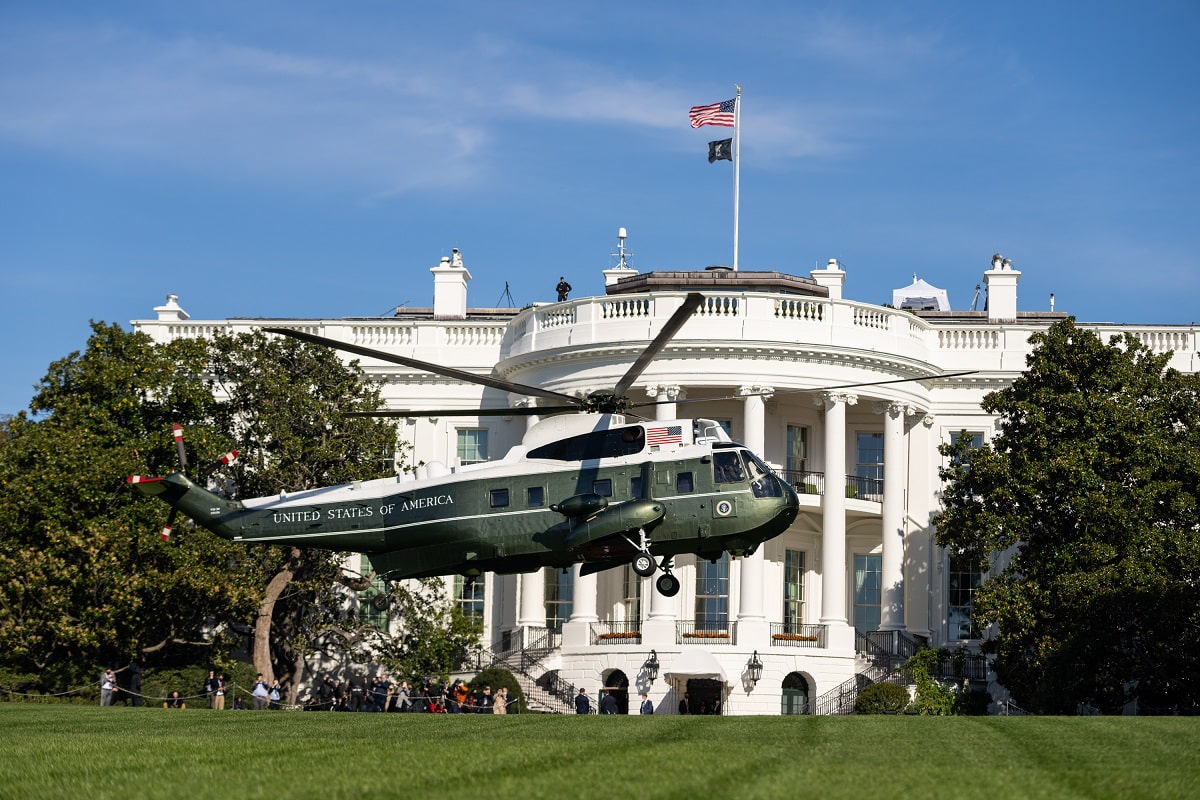There has been a swirl of negative commentary surrounding the fourth Quad Leaders’ Summit held in President Joe Biden’s hometown on 21 September.
A common criticism has been that half of the leaders present are lame ducks. This is true. President Biden is effectively a caretaker president until 20 January 2025, when his successor is inaugurated. Likewise, Japanese Prime Minister Fumio Kishida will be replaced as Leader of the Liberal Democratic Party (and therefore PM) tomorrow.
The argument goes that because of the turnover of leaders and the diplomatic disruption that would surely follow a second Trump presidency, the Quad is “tenuous” or “on shaky ground”. It is true that the Delaware Quad Leader’s Summit does not appear to have produced much in the way of tangible results beyond a reaffirmation of previous commitments.
However, the fact that the four leaders deemed it worth their time to travel to Wilmington for a summit, after the previous meeting in India was cancelled earlier in 2024, demonstrates that the four countries see value in the group and want to maintain momentum and an annual tempo.
It is not just at the leadership level where the Quad has taken steps to cement its future. In 2019, the very first Quad Ministerial meeting took place among the four foreign ministers.
It is not just at the leadership level where the Quad has taken steps to cement its future. In 2019, the very first Quad Ministerial meeting took place among the four foreign ministers. Since then, the foreign ministers have met annually and have progressed several genuinely impactful initiatives.
The most recent of these was the July 2024 launch of the Quad Partnership for Cable Connectivity and Resilience at the Quad Foreign Ministers’ Meeting. The Partnership seeks to ensure undersea cables in the Indo-Pacific are resilient at a time of increasing concern about potential sabotage.
The foundations go deeper still, with senior officials from all four members regularly meeting to “exchange strategic assessments and progress practical cooperation”. One such senior official, Mira Rapp-Hooper, Senior Director for East Asia and Oceania at the US National Security Council, commented at the Delaware meeting that all four nations have agreed that the group’s emphasis for the next several years “should be focused on institutionalising the Quad and making sure it is strongly rooted in the Indo-Pacific”.

With such supportive comments and initiatives coming at the three reinforcing levels of leaders, foreign ministers and senior officials, it seems highly likely that the Quad’s foundations will see it through the foreseeable future. Despite this, the prospect of a second Trump administration is one example of a potential threat to the future of the Quad that critics have pointed to.
However, this ignores the fact that it was during the Trump administration that the first Quad Ministerial Meeting was held. The primary, albeit largely unspoken aim of the Quad is to push back against China. Given that his administration started the current US efforts to constrain Beijing, it seems highly improbable that Trump II would seek to remove one of the few international groups that are implicitly aligned with this policy aim. As analysts have noted, Trump II might actually be attracted to increasing leader-level engagement with the Quad given his penchant for meeting fellow world leaders.
India seems unlikely to want to disengage from the Quad, at least for the medium term.
There also seems little reason to believe that a Harris administration would alter the Biden administration’s close engagement with the Quad. Nevertheless, rarely for a geopolitical grouping, the United States is arguably not the most important member of the Quad, nor the reason for its unique importance.
India has long pursued a policy of strategic circumspection with its international partners, having no formal treaty allies and a history as a founder of the Non-Aligned Movement. India’s willingness to engage with the United States, Japan and Australia through the Quad is therefore highly significant. Indeed, New Delhi’s traditional reticence to even partially align with a particular group makes it unlikely that any of the other three members would seek to give up one of the few avenues to engage the world’s most populous nation.
Similarly, India seems unlikely to want to disengage from the Quad, at least for the medium term. The attraction of a group intended to push back against China will remain in Delhi at least as long as relations between it and Beijing remain strained. The continuing aggressive actions of China along the Himalayan border do not suggest a rapprochement is around the corner.
Even though India will limit the group’s ability to pursue more aggressive policies that would draw it into closer alignment with the United States, it will continue to engage with the Quad, albeit on its own terms. With India inside the group and engagement taking place at the leader, ministerial and senior official level, the Quad’s foundations are strong, and its continuation is to be expected.

